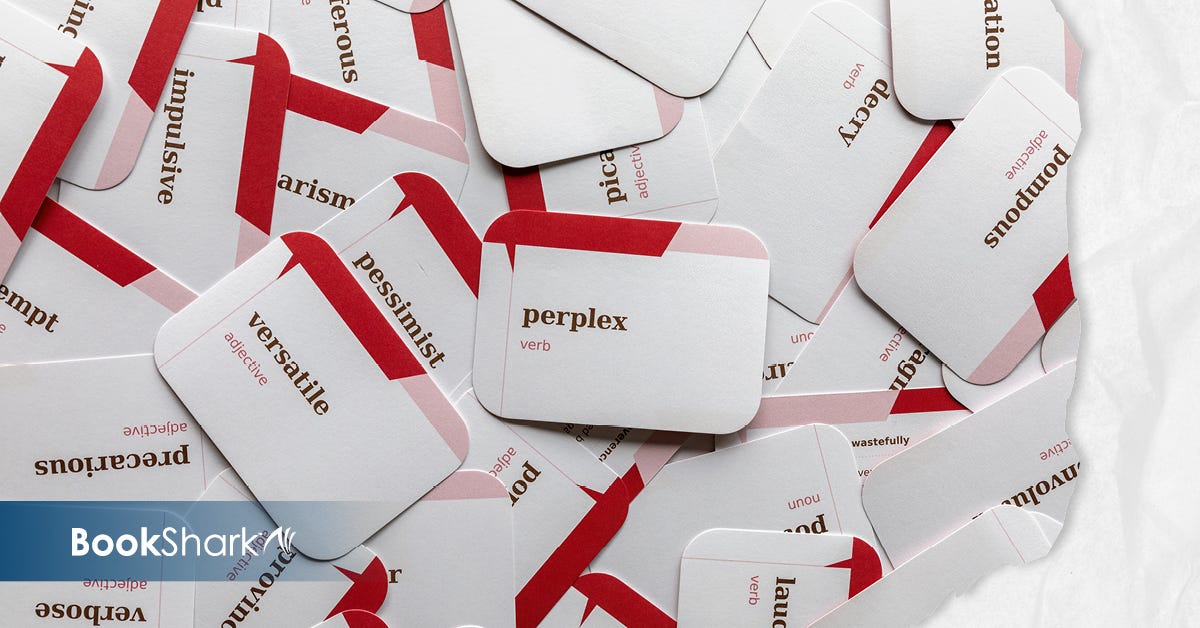6 Ancient Egypt Activities to Do at the Kitchen Table
-
 By
BookShark Homeschool Curriculum
By
BookShark Homeschool Curriculum
- May 12, 2022

Are these extra activities necessary? Not at all! But some families truly enjoy making crafts and engaging in creative projects, and when those activities can connect to homeschool history lessons, it's all the better. Here are five relatively simple hands-on activities for ancient Egypt that you can do in your kitchen with supplies you already have in your home.
Activity 1: Mummify an Apple
If you search online, you’ll find all sorts of things that you can mummify, including a chicken. If you’d prefer something a little smaller (and possibly less gruesome), try mummifying an apple!
- Take a large tin can and drill holes in the bottom (so the liquid can drain).
- Cut an apple into quarters.
- Put the apple in the tin can.
- In a separate bowl, mix together 1 cup salt and 1 cup baking soda. Pour this mixture over the apple and set in a place where the liquid can drain.
- Wait two months before digging out your mummified apple!
As an alternative, you can mummify several apples, all in different containers, and take one out every two weeks to see the mummification process as it occurs. This way, your history lesson overlaps into a science experiment!
Activity 2: Build a Sugar Cube Pyramid
Buy a box or two of sugar cubes and ingredients for plain white icing (not frosting).
Have your child figure out how big the base of the pyramid should be based on the number of sugar cubes that you have. She’ll need to determine how many sugar cubes will make up the base and how many levels will be built from there. (Math!)
Use a piece of sturdy cardboard or a baking sheet as a base. Then simply use white icing as glue to hold the cubes together. If you don't want to eat the creation later, you could lightly spray it with tan paint or even create an elaborate diorama around it, complete with sand, tiny camels, and the Nile river.

Activity 3: Build a Toothpick and Marshmallow Pyramid
If you’d like to build a bigger pyramid than the sugar cube one, try building a pyramid out of toothpicks and miniature marshmallows. The marshmallows connect the ends of the toothpicks, so your child can easily build a very large pyramid.
Activity 4: Write Your Name in Hieroglyphs
Print out this translation of the alphabet in hieroglyphs (PDF) and have your child practice writing his or her name. Or try your hand at simple sentences summarizing facts about ancient Egypt for an innovative way to narrate your history lesson. Use the colors traditionally used in ancient Egyptian art to embellish the cartouches you create: green, red, blue, yellow, white, and black.
Edible Project 5: Mummy Dogs
This project is silly and not a bit authentic. But it's fun, so it's perfect for the little kids. You’ll need one package of hot dogs and a container of crescent rolls.
Put one crescent roll on the counter and with a knife, slit it into narrow strips on each side, while leaving the middle intact. Put the hot dog in the middle, and wrap the hot dog with the crescent strips. Make sure to leave a space for the face. Bake as directed, and then use a dot of ketchup to make the eyes.
Edible Project 6: Date Balls
What a yummy snack! You’ll need 1 cup dried, pitted dates, ½ cup walnuts, two tablespoons water. In a food processor, mix together the dates, walnuts, and water. Puree until a paste consistency. Roll these into balls and enjoy.
Optionally, you can coat the balls first in 2 tablespoons of honey and then in ¼ cup crushed almonds.
If hands-on projects and cooking experiments make you crazy, remember, you don't have to do these to give your children a top-notch education. But if you find you are in a rut, the kids are getting antsy, or you have especially artistic children who are hankering for more crafts, try adding a project into your week on your fifth day without BookShark lessons. If anything else, you will have special family bonding time and you'll be keeping your kids away from screens for a few minutes. Don't worry about the product you are creating. Even if it doesn't turn out quite right, the experience itself is worthwhile.












